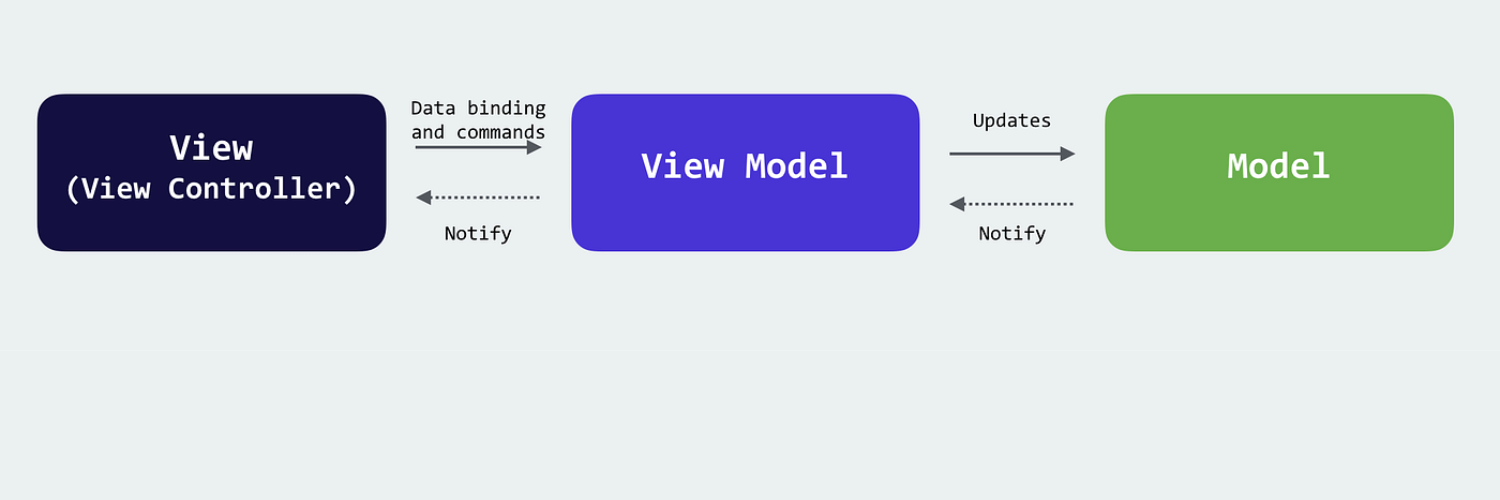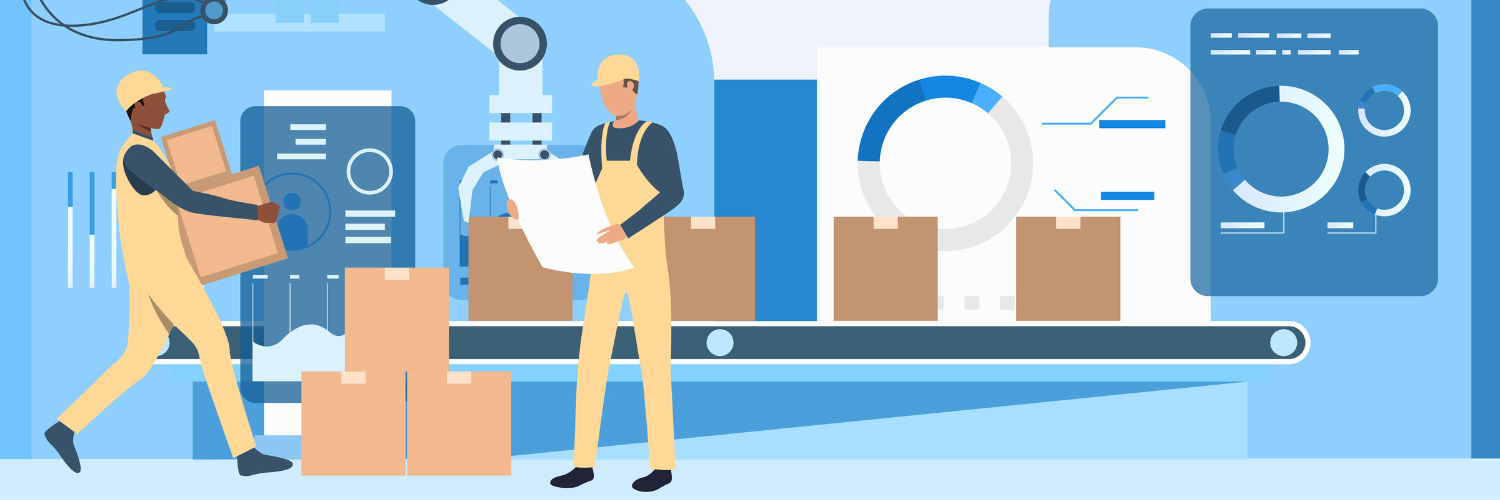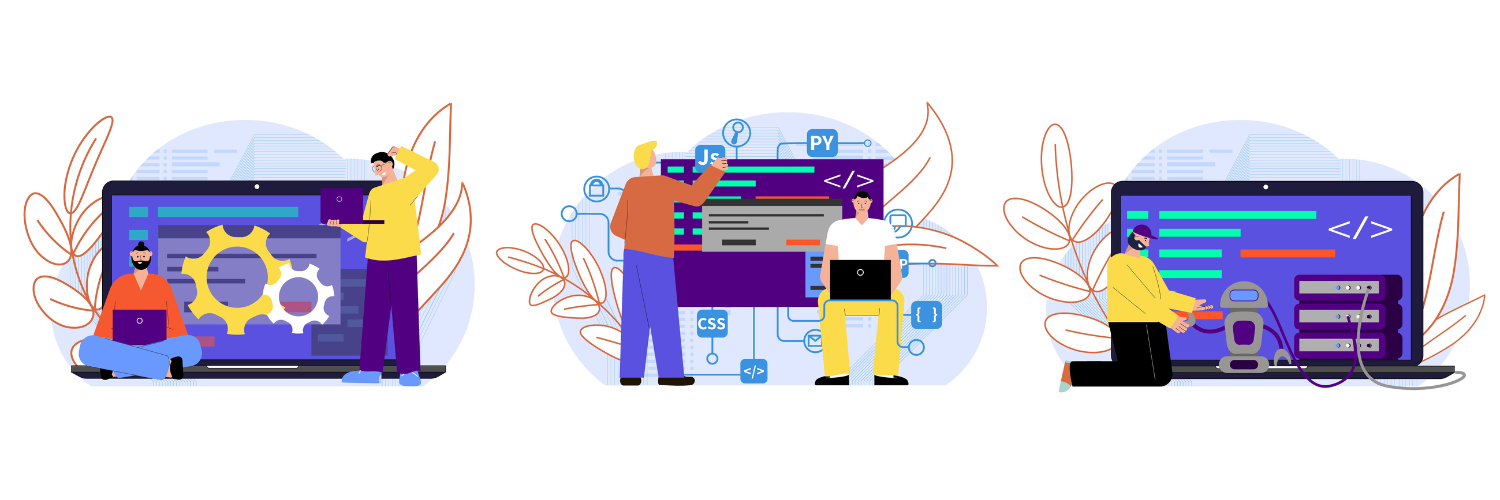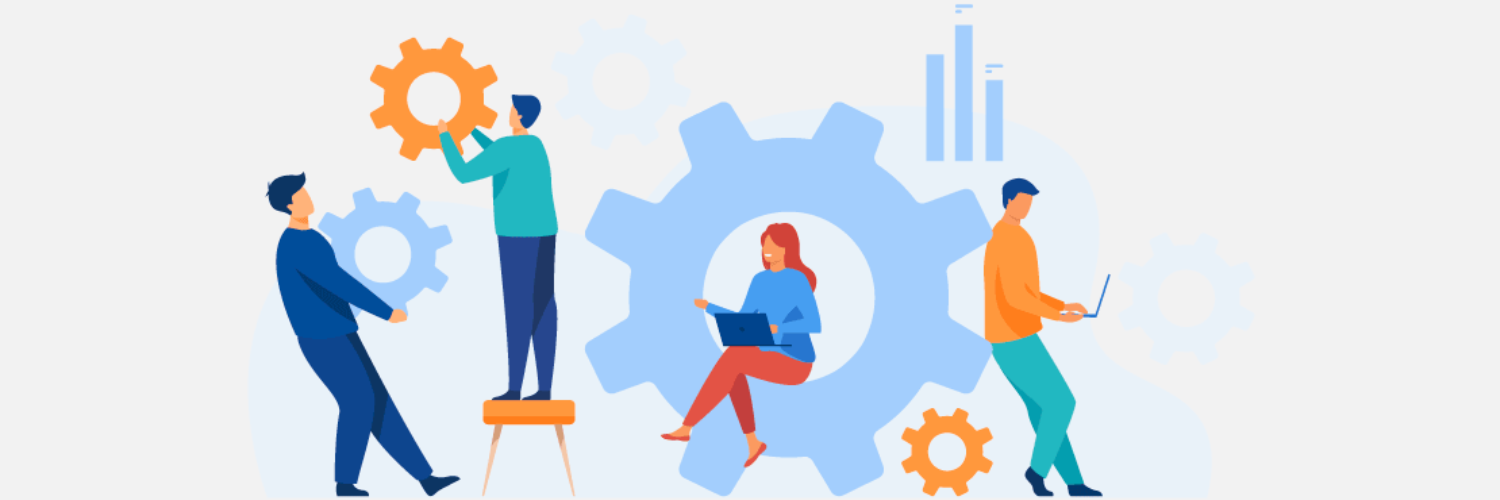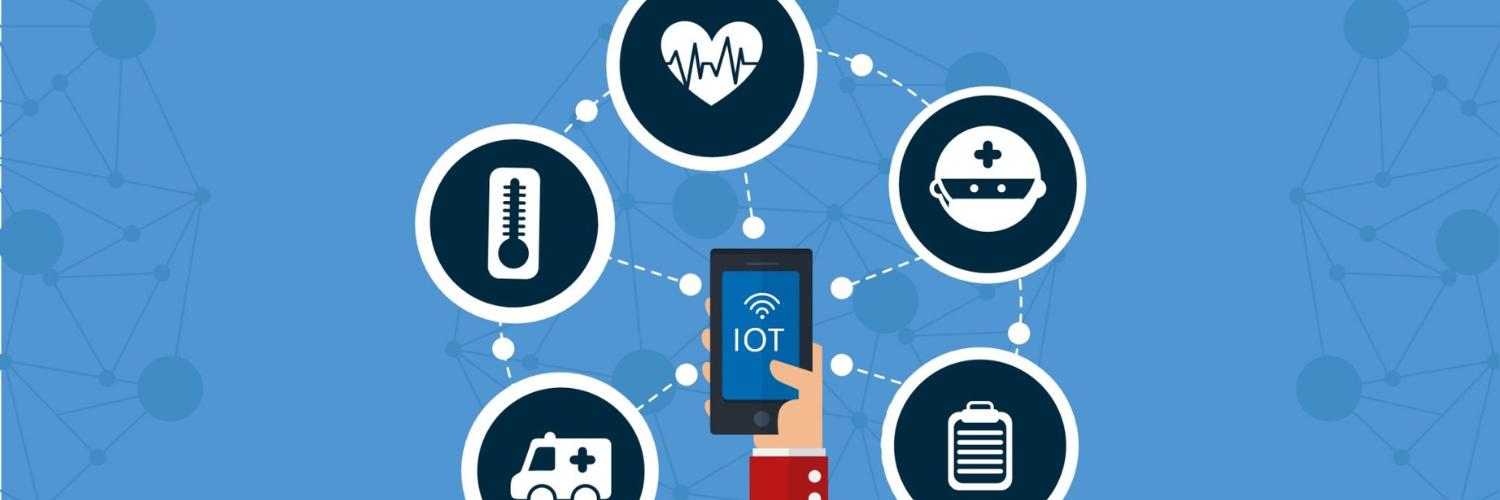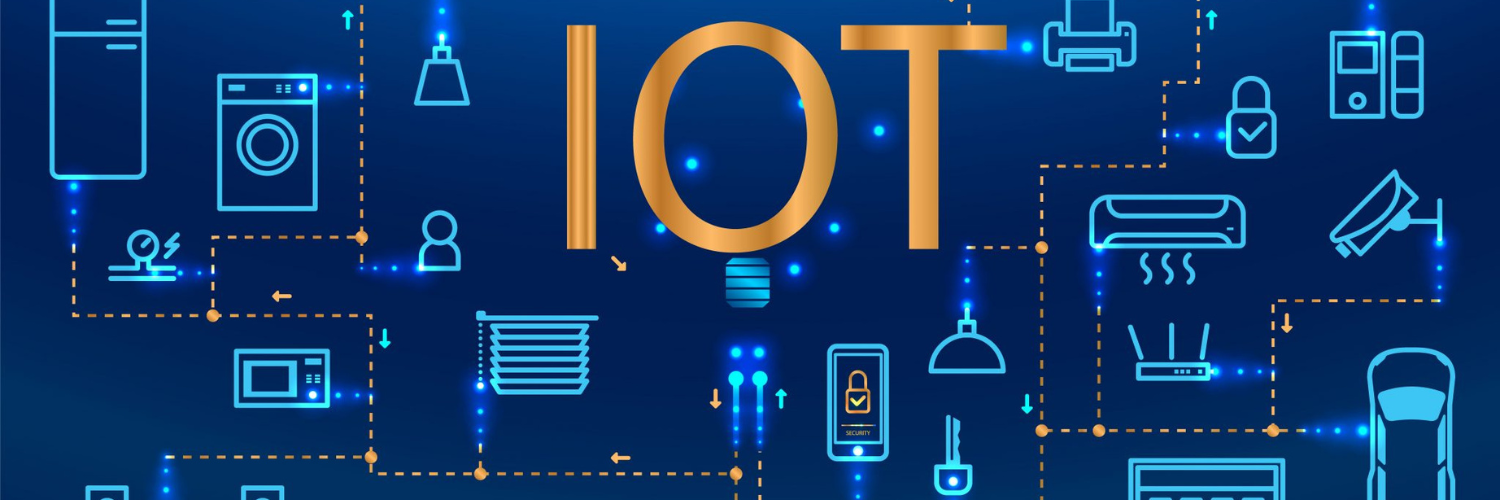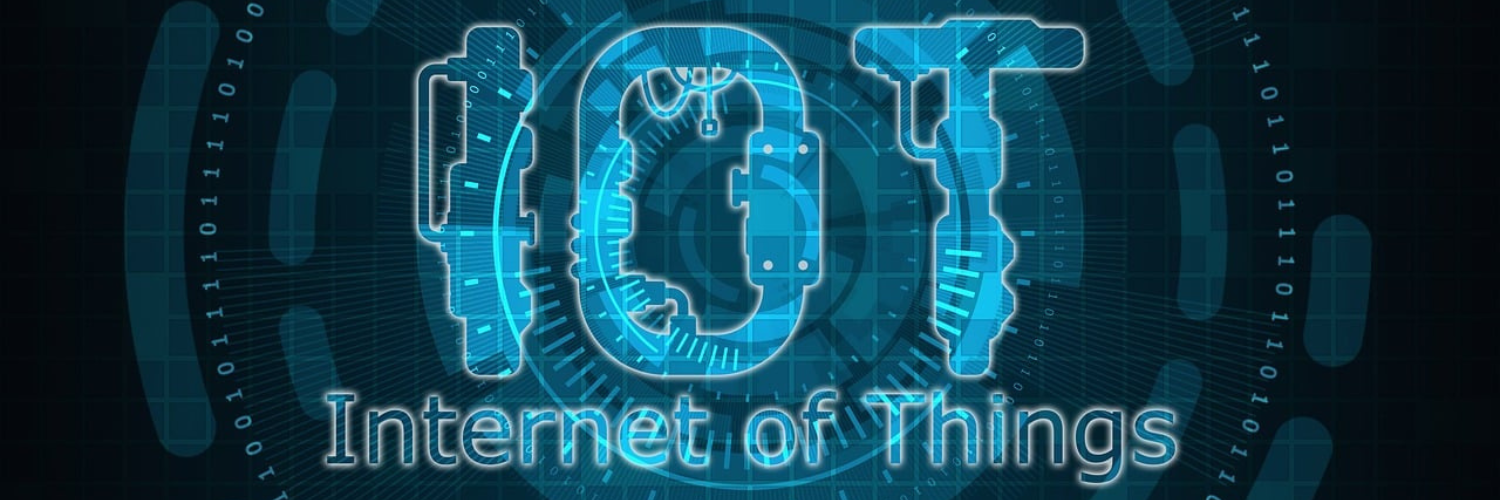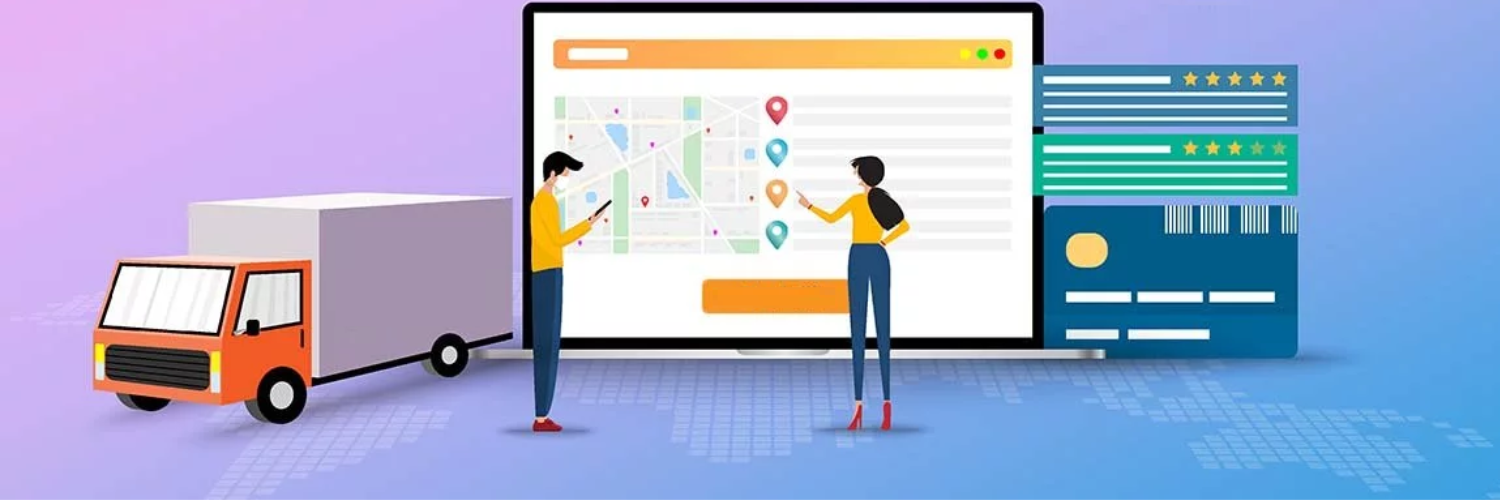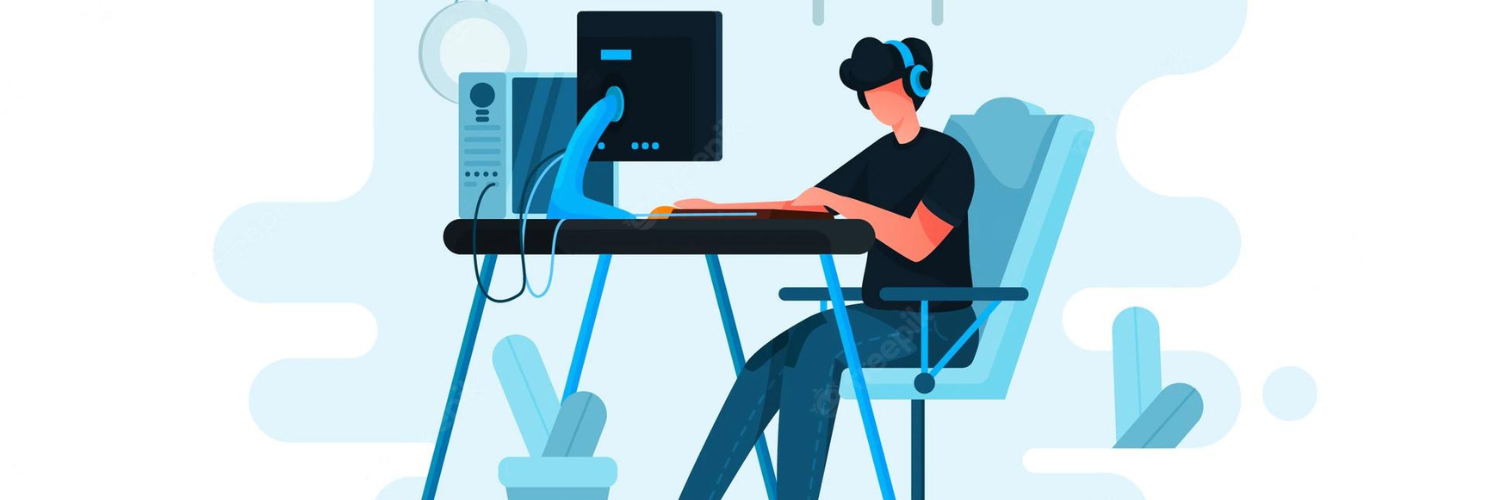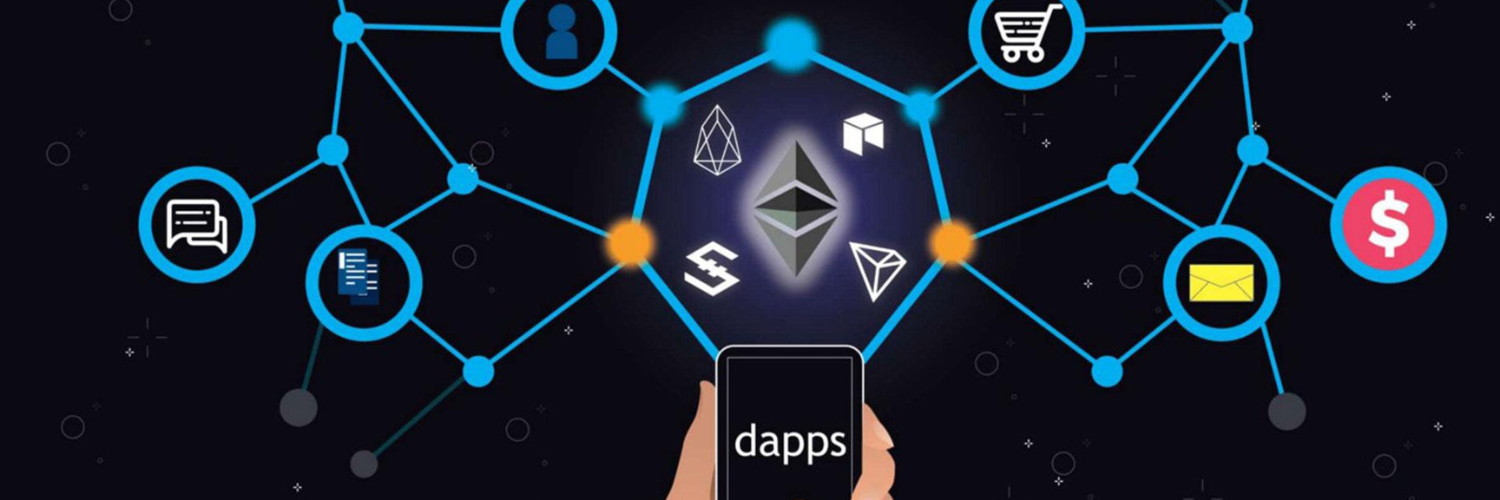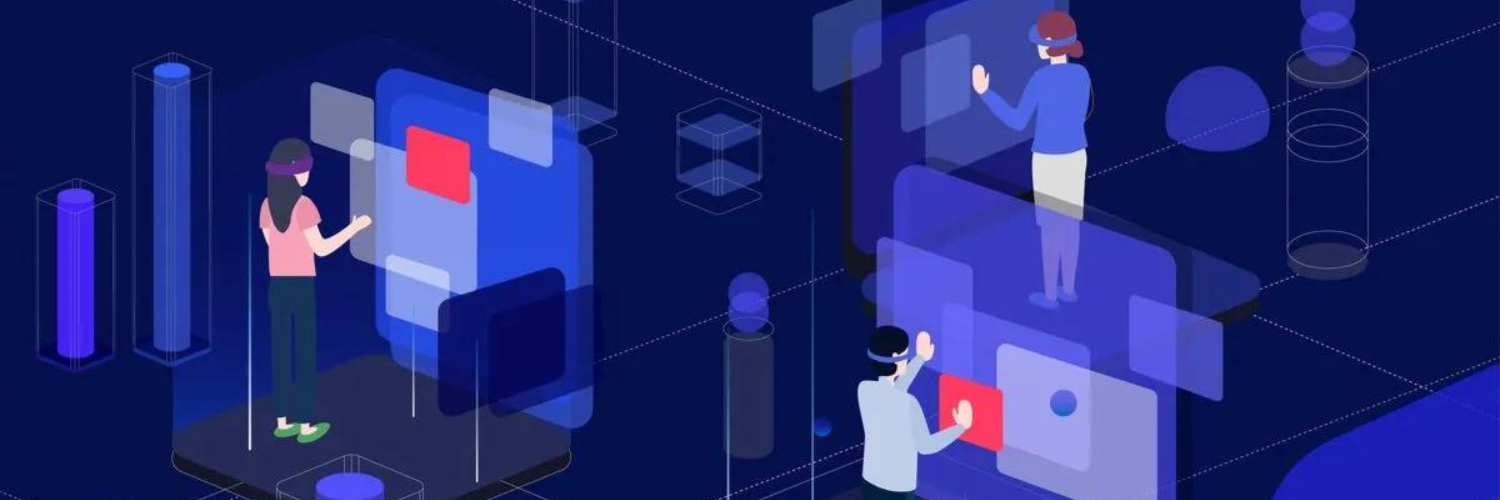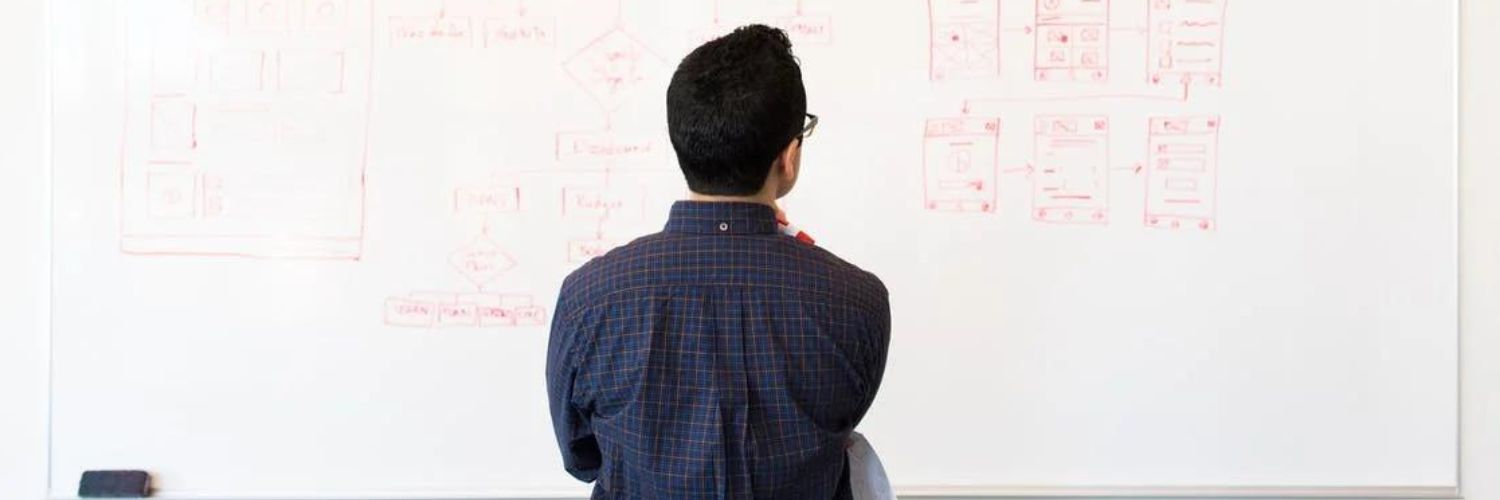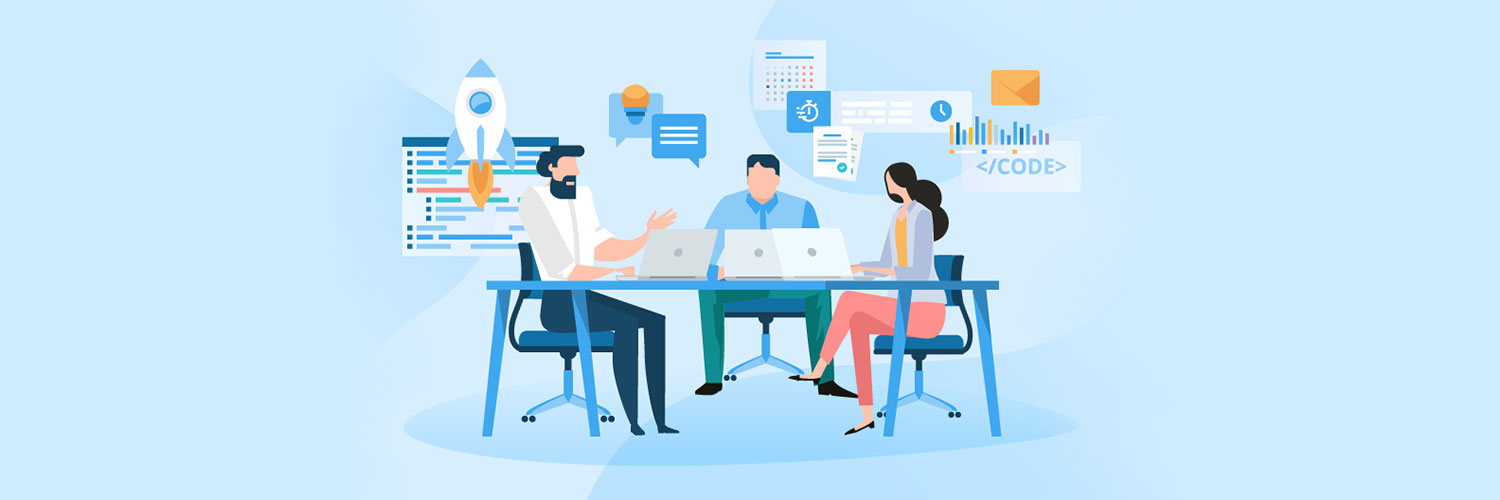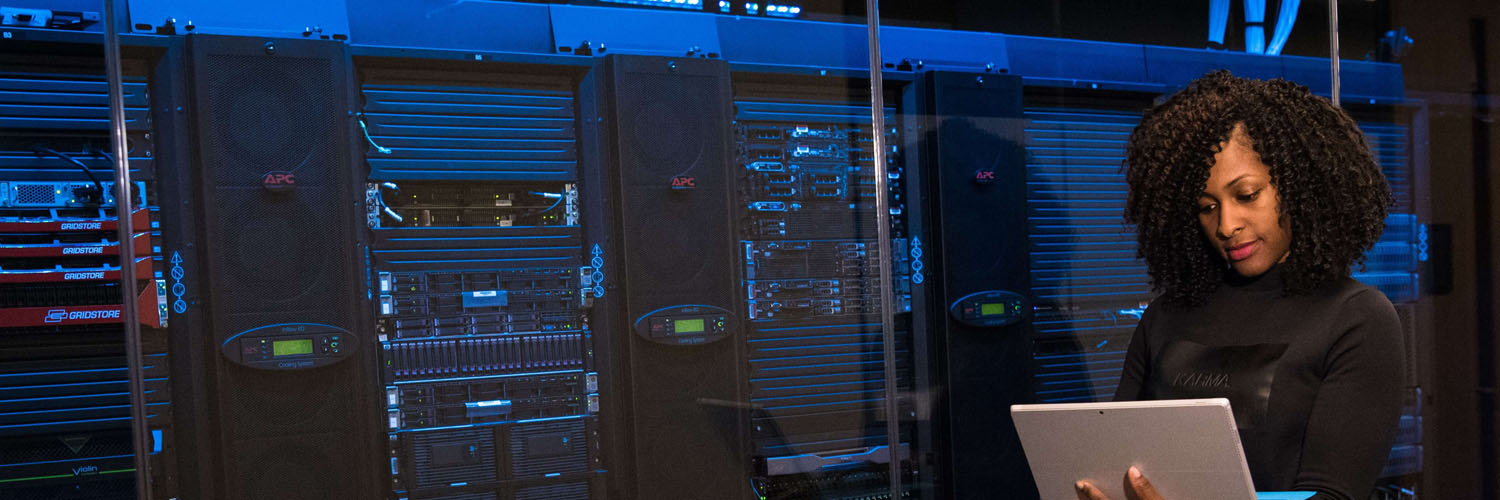Nowadays, protecting information is paramount, as it’s at the epicenter of every business process and relationship. Especially when we speak about sensitive information stored in the software.
Software security can make or break entire companies these days. So how can you better secure your product?
Considering the recent surge in successful cyberattacks taking advantage of software vulnerabilities, it’s become essential for organizations to build, purchase, and use only the safest software.
Although the advances in computer technology have also prompted the development of frameworks that address security and user requirements in the entire software development lifecycle, it is still quite a challenging task to protect your software from hazardous activities and cyberattacks.
Software security cannot be achieved by a single practice, tool, one developer’s effort, or checklist. It is rather the result of a comprehensive secure software engineering process that is followed at each stage of development. It becomes part of the planning phase, incorporated long before a single line of code is written, and goes through post-development.
Still, a key principle for creating secure software code is an organizational commitment starting with executive-level support, clarified business and functional requirements, and a comprehensive secure software development lifecycle that incorporates training of development personnel. We believe every member of the organization plays a role in any effort to improve software security and meeting high expectations of the customers.
In this article, we will share some of the best practices and frameworks for building secure software, and ways to identify and respond to vulnerabilities early in the development process (when it costs less and is more effective). In addition, we’ll highlight expert-developed tips and strategies.
What are the most common security risks?
Let’s first go a little bit deeper into the software security risks and why they occur.
Some of the common security risks faced by software developers include:
- Software systems are not actively maintained
- The code ID written poorly
- Vulnerable web services
- Insecure password storage
- Legacy software

While secure software development is a crucial process, it can be often skipped by developers for various reasons. For example, time and resource constraints. It happens when there is too much work to complete within a set timeframe (before the deadline) and developers simply don’t have enough time or resources for everything. As a result, they start taking shortcuts by focusing only on what needs to be completed and delivered fast.
Another common reason is a lack of awareness about potential threats in a particular sector. Some software developers believe that hackers will never attack their applications, which leads to the lack of applied security measures.
Security is often viewed by developers as an impediment to innovation and creativity that creates delays in bringing the product to market. But such thinking hurts your budget: it’s 6 times more costly to fix a bug during implementation and 15 times more expensive during testing than to fix the same bug during the design stage.
What is a secure development policy?
A secure software development policy is a set of guidelines that includes the practices and procedures an organization should follow to decrease the risk of possible vulnerabilities during software development.
It is about discussing the necessary processes to protect software. Such policy should provide detailed instruction on viewing, assessing, and demonstrating security through each phase of the SDLC, including risk management practices.
It also establishes those rules that help organize work in your team. Its members must clearly understand their areas of responsibility and undergo training and strict employee screening. Instituting segregation of duties ensures no one developer has total control or knowledge of the project they are working on, while testing protocols facilitate acceptable standards.
Tip: You need to consider a lot of different approaches. The first steps can be understanding what’s happening in the industry and listing the potential risks. Next, you should dedicate some time to your engineering team training and discussing the common threats and vulnerabilities together with them.
Choose the most appropriate tools during brainstorming. Finally, we suggest using checklists to ensure your policies and procedures are up-to-date and monitoring those on a regular basis (for example, monthly).
Top Software Security Practices
1. Software security is the priority from the start
Security should be considered from the planning stages of your project. Security is about requirements, so before starting to develop it is crucial to understand the vulnerabilities that may come up in each stage of your software development. It helps you become prepared.
Furthermore, it should always be considered when/if making changes or adding features to your software product.
2. Create your own secure software development policy
As discussed earlier, such guidelines can prepare your people, processes, and technology to perform and follow secure software development. It adds clarity and order by providing specific instructions for approaching and instrumenting security in each phase of the SDLC, defining roles in your team and the processes each of its members is responsible for.
3. Security awareness training
Your software developers should be informed of common attacks in the software development world and how to avoid them.
Security awareness training should also include information about how hackers and cybercriminals work, common mistakes when writing a code, and the latest trends.
It is a good idea to hold regular meetings to keep the whole team constantly updated.
4. Code reviews
Regular code reviews help developers identify and fix security vulnerabilities in the early stages.
After making any changes to your code, it is good to go back and check if those changes have introduced any new security vulnerabilities.
Tip: Regularly review security requirements to ensure that the right secure coding practices are followed.
5. Protect code integrity
Allow only authorized and limited access to your code to prevent tampering. Strictly regulate all contact with the code, where it is saved, monitor changes and the code signing process to preserve your code integrity.
6. Early testing
Forget about the traditional development pattern of testing code only toward the end of the SDLC. Our experts suggest using both developer reviews and automated testing on a regularly. Catching vulnerabilities early in the life cycle saves much time and money, while also preventing developer frustration and work overloads later.
7. Static code analysis tools
Static code analysis tools facilitate code review processes.
Such a practice can automatically run through vulnerability checks and flag any potential issues. They might not be perfect, but they can provide good additional help and catch the most common threats.
8. Use popular and reliable libraries and networks
It is best to use popular, well-maintained libraries and frameworks when writing software. Maybe you won’t save those couple of dollars (compared to newly launched platforms that offer special prices to draw clients’ attention) but you will mitigate many risks.
By using open-source components, you can also benefit from early bug detection and patches. In addition, software development libraries reduce your application’s attack surface and add some extra protection.
Research the reputation of a library or framework before using it extensively in your applications and make an informed decision.
9. Be always ready to respond to vulnerabilities quickly
Be always prepared to address incidents in real-time with your team, plan of actions, and tools. Remember that the faster you can identify and respond to vulnerabilities the smaller becomes the chance of exploitation.
10. Secure default settings and tips
Your customers might not have the technical knowledge and it is perfectly fine. Your task is to protect them from being vulnerable due to a simple lack of knowledge of their new software’s functions. Ensure secure default settings, add warnings about dangerous changes, and lots of tips in the settings window.
11. Penetration testing
Penetration testing is an automated way of identifying potential security issues. Such tests can be done well by hiring a professional penetration testing team that specializes in software security.
They know and use the same tools as hackers to evaluate how secure your system is. Furthermore, such testing involves identifying and mitigating concerns around third-party software components and securing your code even more.
Conclusions
Secure software development is much more than just secure code. It’s essential to take a holistic approach and ensure that security becomes an integral part of everything you do, at every stage of development.
Security is our absolute priority and that is what differentiates us much from our competitors. At Utah Tech Labs, we minimize the chance of human error by applying all the mentioned measures and practices (in reality, they are even more), following a proactive and agile approach, and holding regular team training and brainstorming activities.
Our dedicated team members continuously look for new ways to improve and make your code more secure as the technology is evolving, and hackers are finding new types of attacks to exploit against software vulnerabilities.
At Utah Tech Labs, we take responsibility for your software protection while being always there to help, even during post-release.
For free consultation about software security click here.
----------------------------------------------------------------------------------------------
View the full presentation:
WRITTEN BY
Sofia Kutko
2022-10-10















